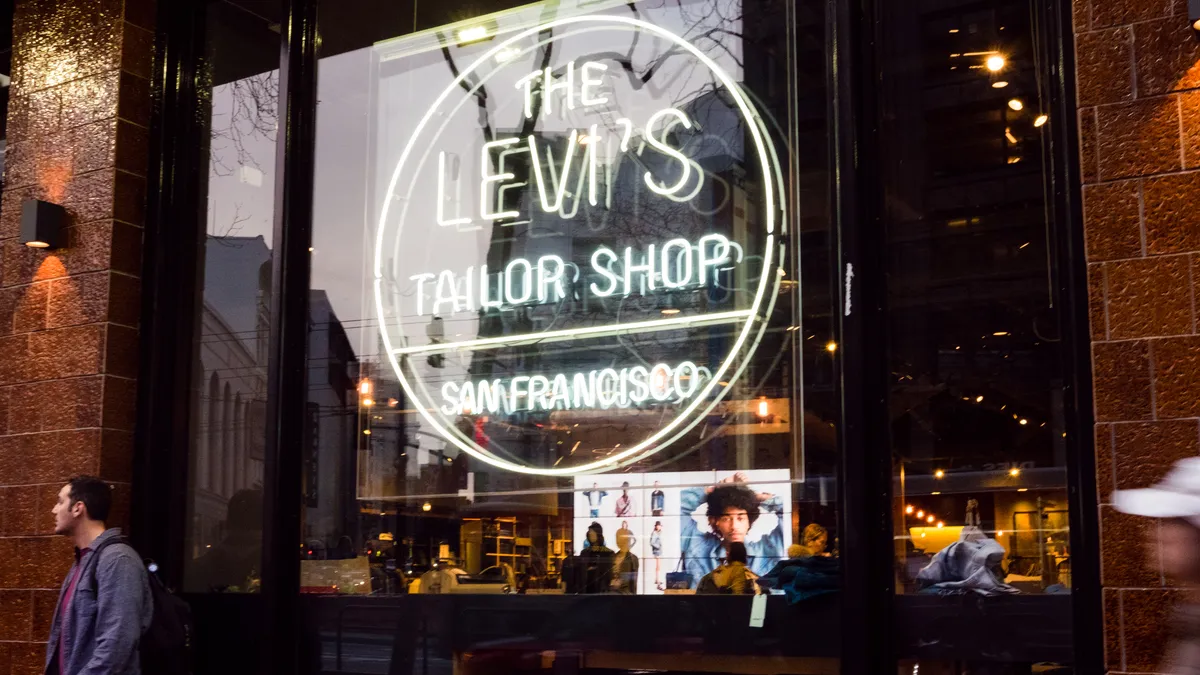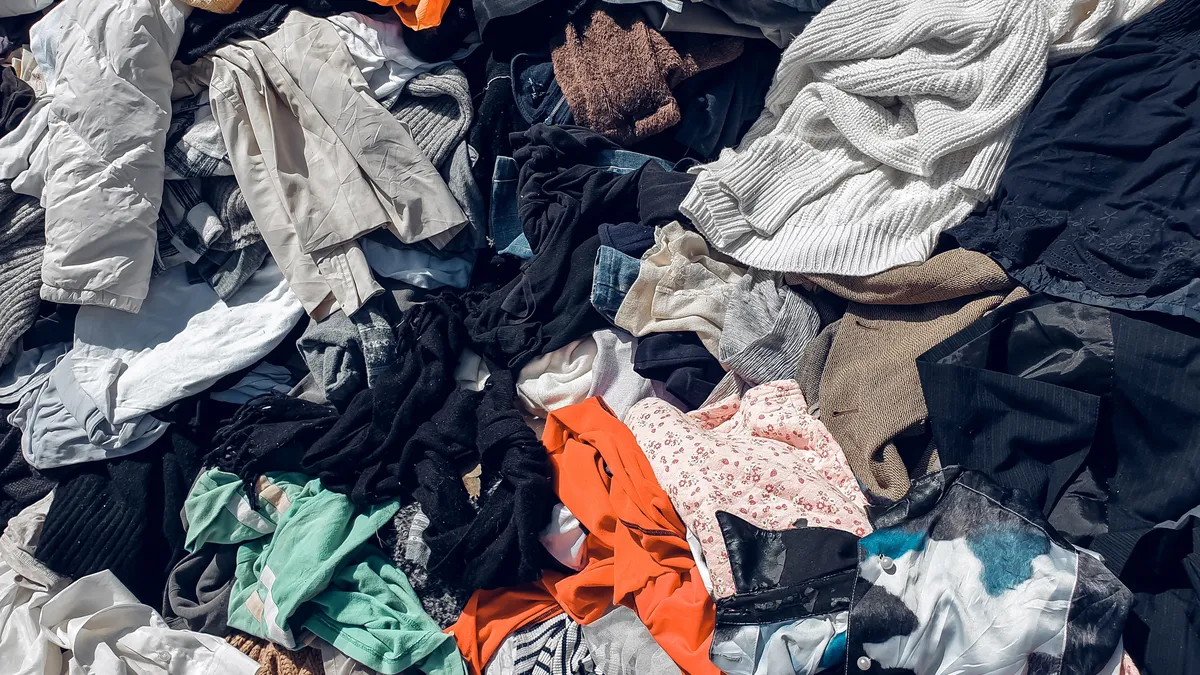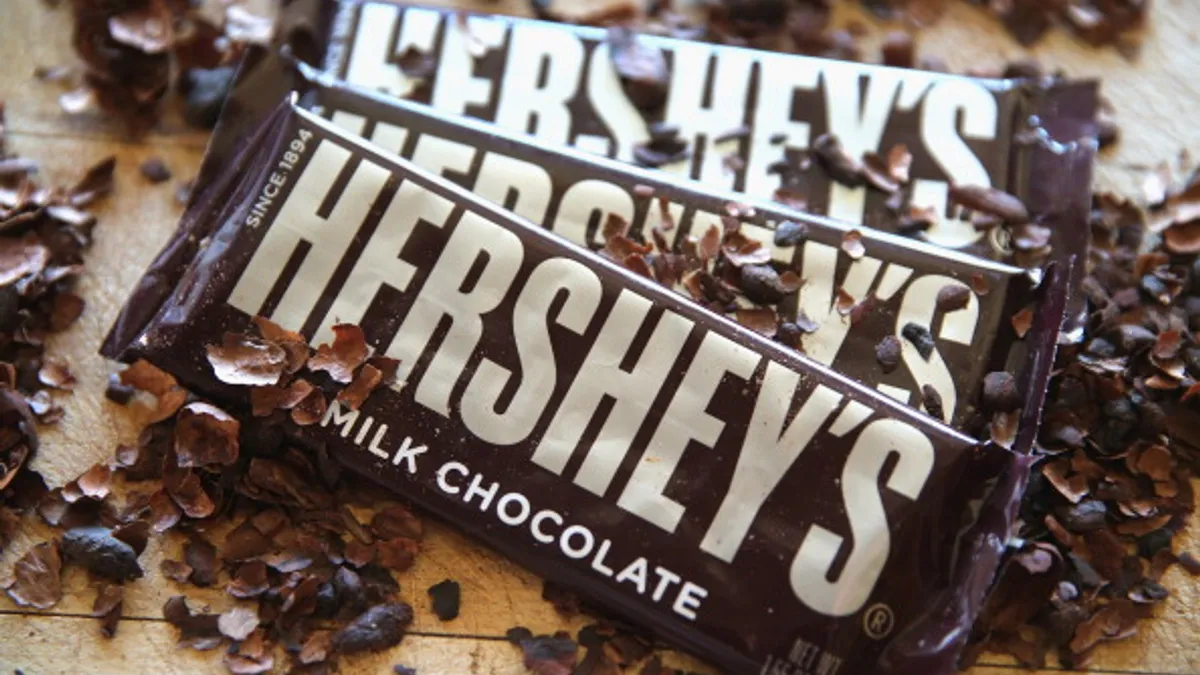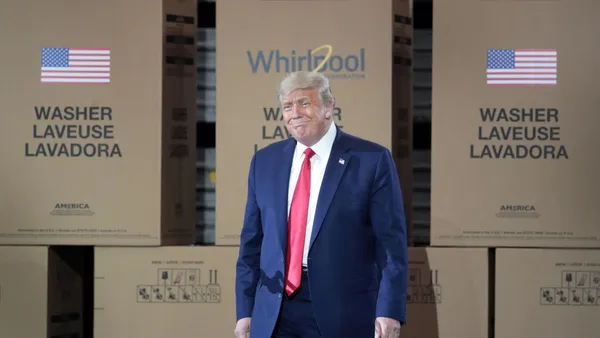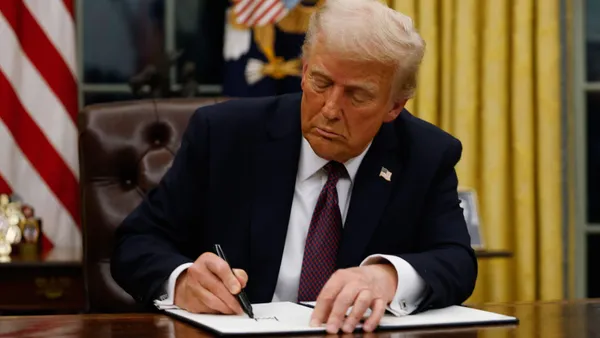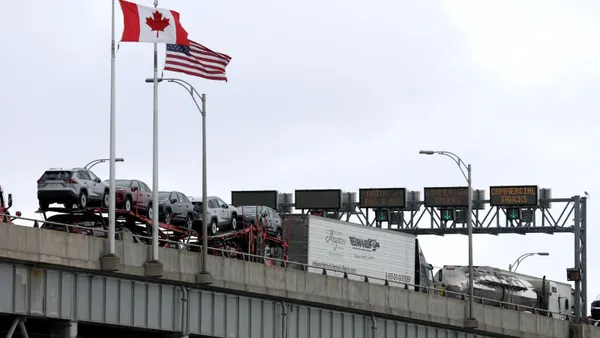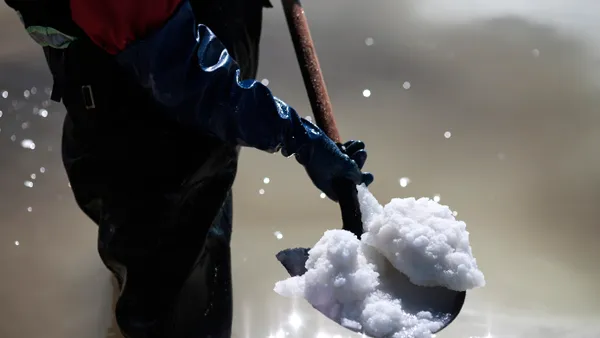Levi Strauss & Co. is still evaluating the implications of tariffs, with executives comparing the challenge to the COVID-19 pandemic on an April 7 call with analysts.
Company leaders emphasized a diverse supply chain as a potential tool to counteract a volatile trade environment. The company said about 1% of its sourcing is from China, about 5% is from Mexico and mid- to high-single-digits is from Vietnam.
Levi’s has been cutting back on promotions lately, but pricing is one of the levers, along with managing costs and working with vendors, that could help the brand blunt the effect of tariffs on the economy and its business, CEO Michelle Gass and Chief Financial and Growth Officer Harmit Singh told analysts. They emphasized that the situation is “fluid” and “dynamic,” which makes it uncertain.
Because of the unknowns, the company is not embedding any impact from tariffs in its full year or Q2 guidance, Singh said. For the full fiscal year, Levi’s expects net revenues to decline 1% to 2%, the company previously said.
“It's all being planned right now,” he said. “I think the best proxy, unfortunately, but the best proxy recently is 2020 and ’21, which was COVID.”
The Levi’s brand enjoys pricing power, and in Q1 average retail prices rose again. After pulling back on promotions, the company enjoyed more full-price selling. If price changes seem necessary to blunt the effect of tariffs, they “will be very surgical,” Gass said.
The international business is so strong that it could mitigate any weakness in U.S. sales, Singh said. Nearly 60% of the company’s revenue comes from outside the U.S., according to Gass. In addition, most inventory needed for Q2 U.S. orders has been secured.



